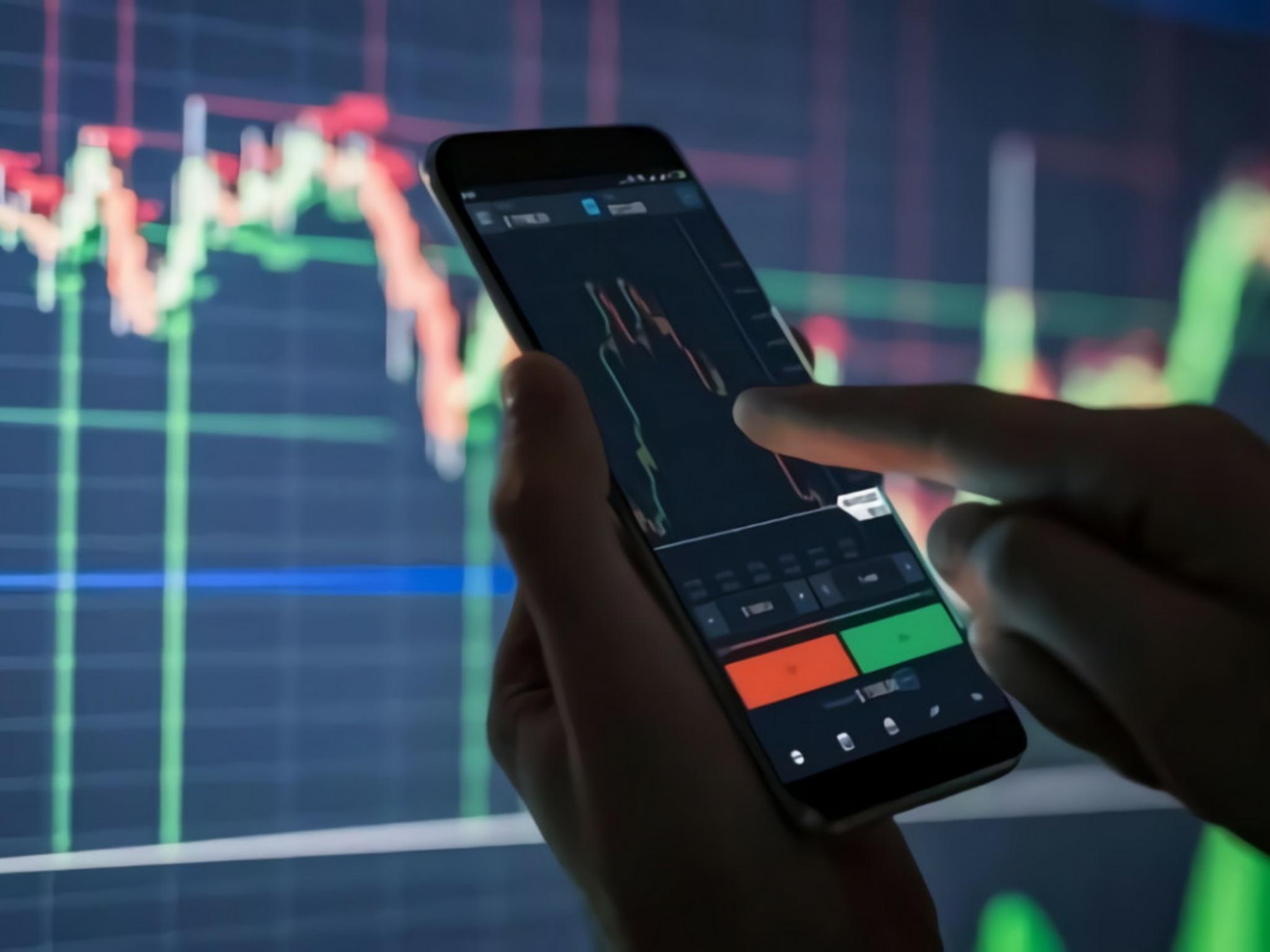
The word on the street was the market had entered into a bear market rally, as Morgan Stanley (NYSE:MS) equity strategist Michael Wilson forecasted a price target for the S&P 500 of 4,000 and it potentially hitting 4,150.
It was not a positive catalyst for long-term investors, but traders and bag holders could use this event to create more liquidity before the last leg of the bear market occurs, which tended to be the worst.
What Happened: PIMCO’s portfolio manager Erin Browne joined CNBC’s "Closing Bell: Overtime" to give her thoughts on the market and how she would trade this rally.
Browne was expecting a 7% to 10% gain over the next few weeks, as the market bounced last week due to possible signs of a Fed pivot. Heading into third-quarter earnings season, Browne mentioned the benchmarks for earnings were already low and did not expect earnings capitulation this quarter, as backlogs were contributing to earnings growth.
Meanwhile, Browne was expecting the earnings revisions to take place coming out of the fourth quarter of 2022 and going into January. This was because the economy is headed for a strong seasonal period, as the holidays tend to fare well for consumer discretionary firms such as Amazon.com, Inc. (NASDAQ:AMZN).
Why It Matters: Browne remained cautious on this bear rally and said, “I would be using this opportunity to leg back into shorts, and reset your shorts at higher levels, as this is a trading opportunity and not an all-clear signal that recessions risk has ended.”
For investors who felt the brunt of the bear market, this presents a great opportunity to trade the rally and enter into new shorts such as put options at an elevated level.
PIMCO does not expect December is it for Fed rate hikes, as there was a hot CPI print last month and the lag effects of raising interest rates have just started to impact the economy.
Also, the term of a Fed pivot seemed to change drastically since the Fed began raising rates, as investors looked for positivity wherever it could this year. The Fed pivot initially meant it would stop raising interest rates and shift its monetary policy to be less restrictive, and now investors are looking for any signs of hikes slowing down to play an equity rally in the market.
Photo: Wance Paleri vis Unsplash







